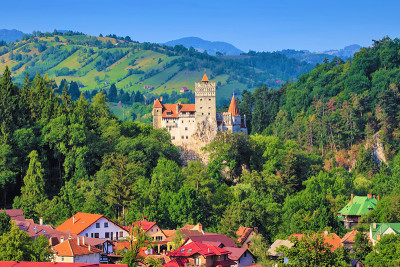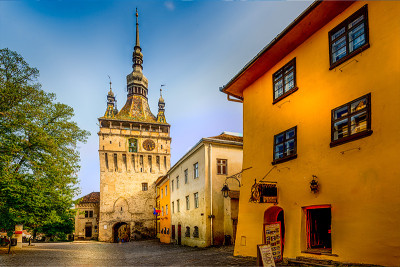Corvin Castle is the perfect destination for anyone who wants to discover a legendary castle. This gothic masterpiece of Transylvania, also known as Hunedoara Castle or Hunyadi Castle, is the largest medieval building in Romania and one of the most beautiful castles in the world. It was included in the top “10 European dream destinations”.
The castle is located in south-western Transylvania, in Hunedoara County and is one of the most valuable medieval monuments of Romania, that has fascinated the world for centuries. The castle is visited by an impressive number of tourists: over 330,000 people from Europe, Russia and Asian countries in the summer of 2017.
Why Does The Castle Attract So Many Tourists?
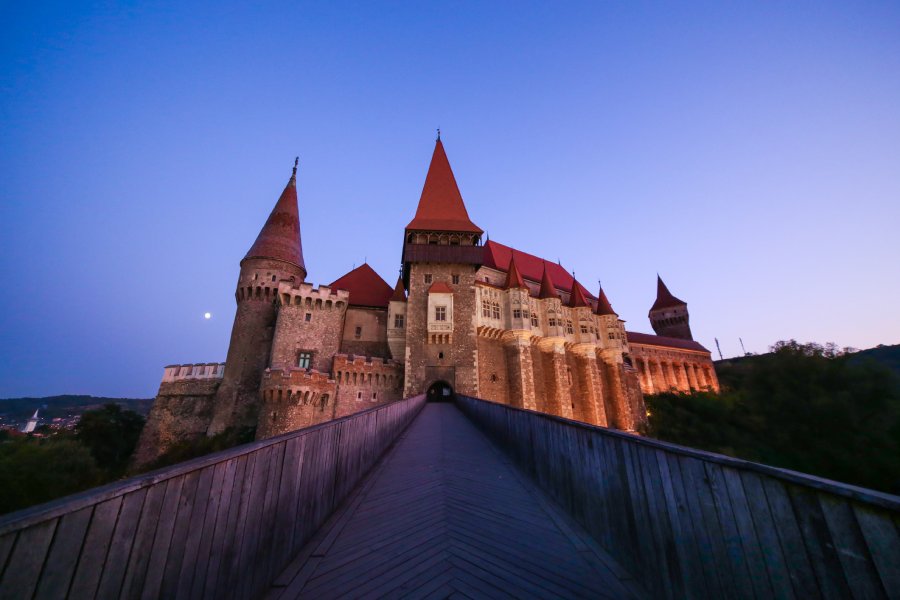
The main reason would be the fascinating history of this place that stretches over six centuries. On the top of that, the castle is located on a rock above the river Zlasti looking over Hunedoara, and is surrounded by mystery, stirring up the visitors’ interest.
Build in a Gothic style, that dominated the medieval period, the castle is a large and imposing structure. The best-preserved parts are the Buzdugan Tower, the Old Gate Tower and the Capistrano Tower.
Discover The Inside Of The Castle
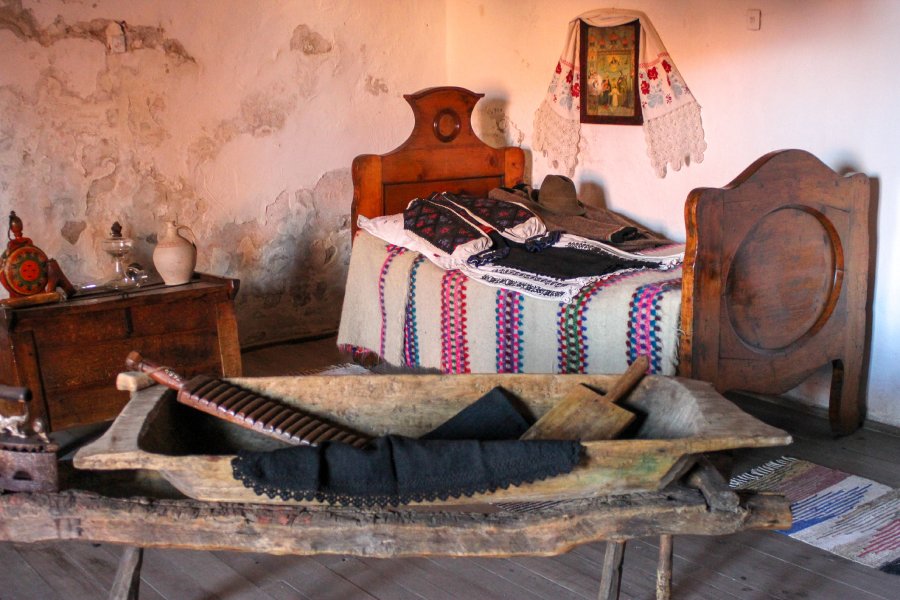
Once inside the courtyard, the visiting agenda is up to you. You can start with the 30 meters deep well, located in the castle’s yard. According to the legend, the fountain was dug by three Turkish prisoners in exchange for their freedom. Further, you will be able to admire the East Gate Tower, the Drummers’ Tower and the Painted Tower.
The castle has 2 large areas: The Knight’s Hall (formerly used for feasts) and The Diet Hall (used for ceremonies), accessed through a circular stairway. The administrative palace is located on the southern area of the castle.
The most terrifying and exciting part of the castle is the underground, the place where prisoners were tortured. The Torture Chambers consist of two dark rooms filled with torturing tools used in the medieval age. Some of the instruments are authentic, dating back to the 17th century.
The Legend Of The Raven
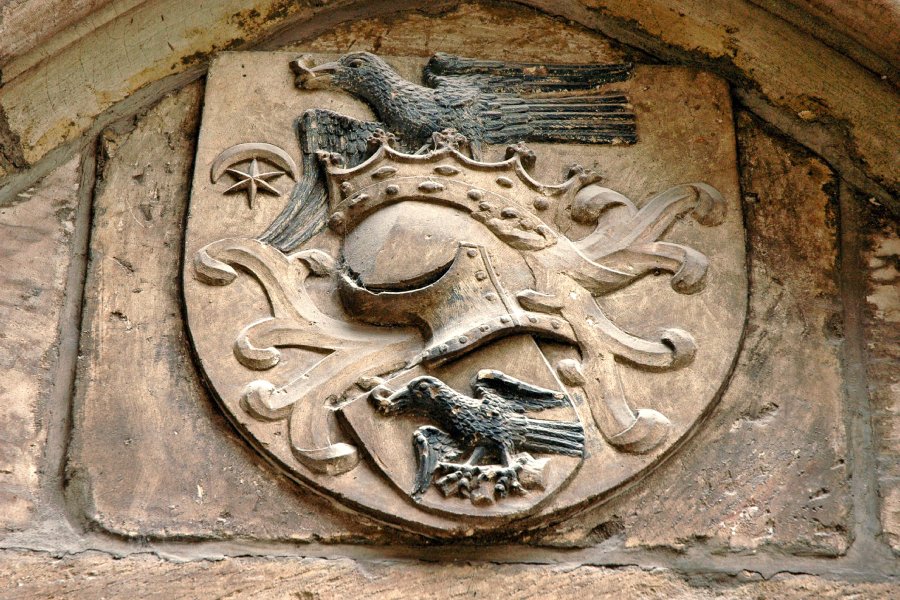
Fascinating legends are linked to the castle, one of them referring to the blazon of the Corvin family: a raven holding a golden ring in its beak. It is said that John of Hunedoara was the illegitimate son of Sigismund of Luxembourg, king of Hungary, and of Elisabeth, a beautiful woman from Hateg Country.
To protect her from dishonesty, the king marries her with Voicu, one of his brave men, and gives her a ring for the unborn child, to be recognized when he grows up and arrives at the royal court. During a voyage made by Voicu family, the ring is forgotten at a rest stop, on a towel where the food was placed.
A raven, attracted by the brilliance of this object, steals the ring trying to get away with it. The child John of Hunedoara takes a bow and an arrow and catches the raven, recovering the ring. Later, when he grows up and reaches the royal court, he tells the story and the King, impressed, decides that the symbol of the Hunyadi family would be the raven with a gold ring in his beak.
The Legend Of The Fountain
In the castle yard, there is a deep well that has its own story. According to legend, the fountain was dug by three Turkish prisoners trying to reach for water in exchange for their freedom.
The prisoners started to dug in the rock and after 15 years they had finally found the precious water, but John of Hunedoara did not keep his promise and they were killed instead. It is said that the inscription on a wall of the well means “you have water, but no soul”.
Dracula And The Corvin Castle
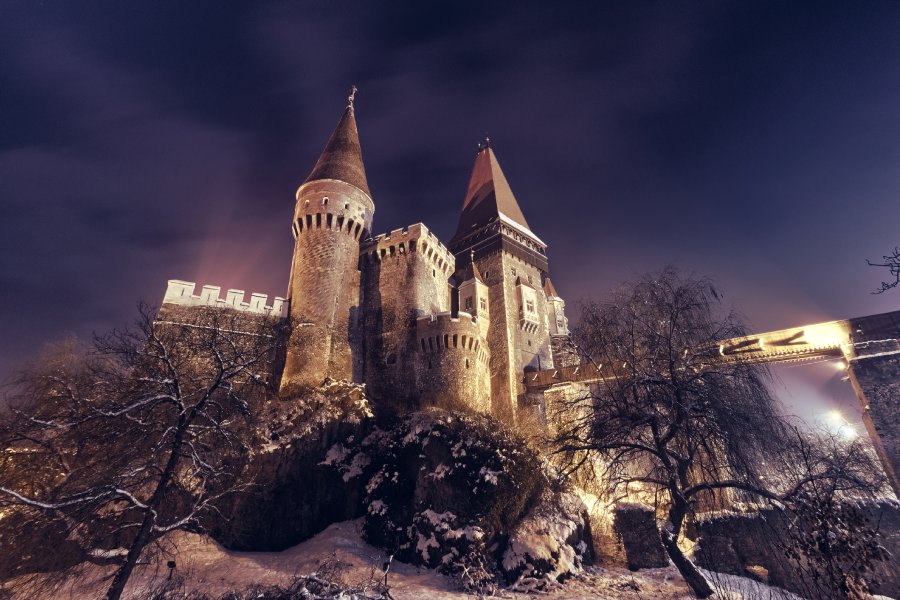
Tourists are told that Vlad Tepes, known as Vlad the Impaler or the real-life inspiration for Dracula, was held prisoner for 7 years by John of Hunedoara at Corvin Castle. Because of this story, the Hunedoara Castle was the source of inspiration for Castle Dracula in Bram Stoker’s 1897 horror novel “Dracula”.
10 Interesting Facts About Corvin Castle
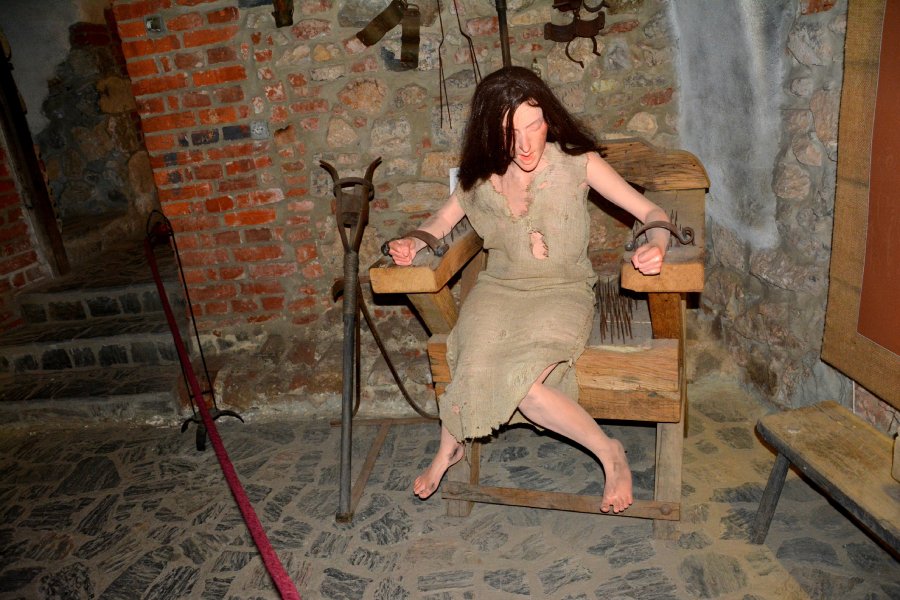
1. The uniqueness of Hunedoara Castle can be seen in its French style, the main source of inspiration for the construction. This illustrates the power and influence of Prince John of Hunedoara.
2. The family name comes from the Latin “Corvus”, meaning “raven”, a bird that symbolizes wisdom and longevity.
3. The first halls built were the Diet Hall and the Knights Hall. The Capistrano Tower, the Buzdugan Tower and the White Bastion are also worth mentioning.
4. The various owners of the castle changed its appearance. Towers, halls and chambers were added over time.
5. The Diet hall was a space used for ceremonies. The construction of this hall, along with the Knight’s Hall, the circular stairway and the Chapel, changes the destination of the fortress into a fortified noble residence. Also, the only one of this kind in Transylvania at that time.
6. The Administrative Palace, located on the southern side of the castle, is called the Zoloyomi Wing, after the name of the noble family that owned the castle in the second half of the seventeenth century.
7. The Capistrano Tower, one of the most significant part of the construction. was a circular tower. It has later become the home of the Franciscan monk, John of Capistrano.
8. The tower and gallery Njeboisa (Neboisa) bears a name borrowed from the Serbian “nje boisa”, meaning “do not fear”.
9. In some areas of Transylvania there were exceptional rules. The kings used to give the nobles or even to the cities the right to rely on their own judgement.
If found guilty, the outlaws were hanged, decapitated or have their limbs cut off. Also, different tools were used to torture and mutilate the prisoners, such as forks, wheels. In the middle of the sixteenth century people who committed small thefts (stealing of fruits, vegetables, hens) were punished by beating.
10. The castle was the filming location of several cinema productions (artistic movies, documentaries or advertising spots). Scenes filmed in the castle can be seen in the below movies: “Lady of the Castle”, “Ghost Rider 2”, “What about love” or “Fright Night”.
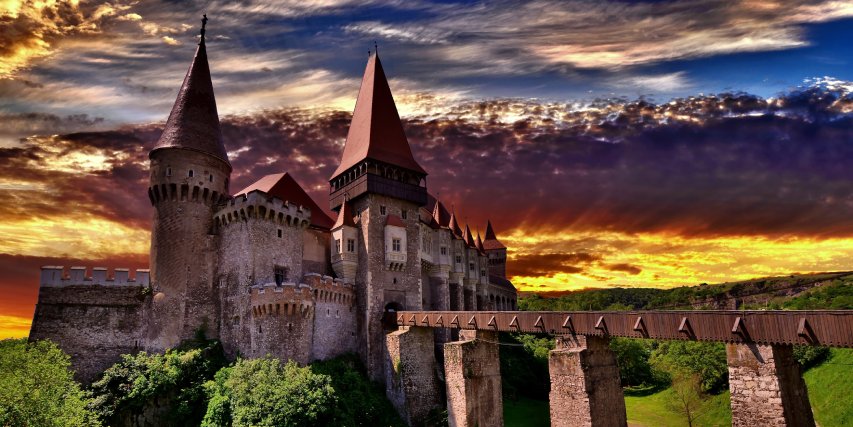
 ES
ES
 IT
IT
 DE
DE
 FR
FR
